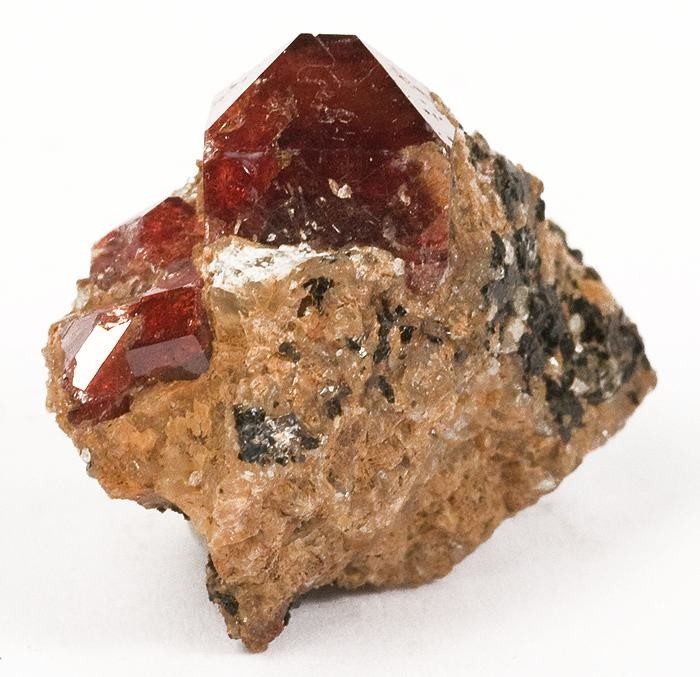Is Life On Earth 300 Million Years Older Than Previously Thought?
Oct 27, 2015
By Shaena Montanari
Originally published on Forbes on Oct 21, 2015
New research indicates that life on Earth could have existed 4.1 billion years ago, suggesting the surprising notion that life originated soon after the formation of the planet 4.54 billion years ago. This research published in Proceedings of the National Academy of Sciences lead by geochemist Elizabeth Bell and colleagues at the University of California Los Angeles and Stanford University pushes back the beginning of life on Earth by 300 million years.
One of the problems in discovering the oldest life on Earth is the fact rocks don’t stick around forever—most of the oldest rocks on Earth are no older than 3.8-4.0 billion years old. So then how can scientists discover 4.1 billion year old life on Earth? The answer is purely chemical. The “fossil” left behind by the most ancient life on the planet comes in the form of carbon-12, an isotope of the element carbon. Crystals of zircon are often even older than the rocks they are contained in and these sand-grain sized minerals can hold indications of when organic life began.
Read the full article (featuring a photo of an iRocks.com specimen) on Forbes.com.
